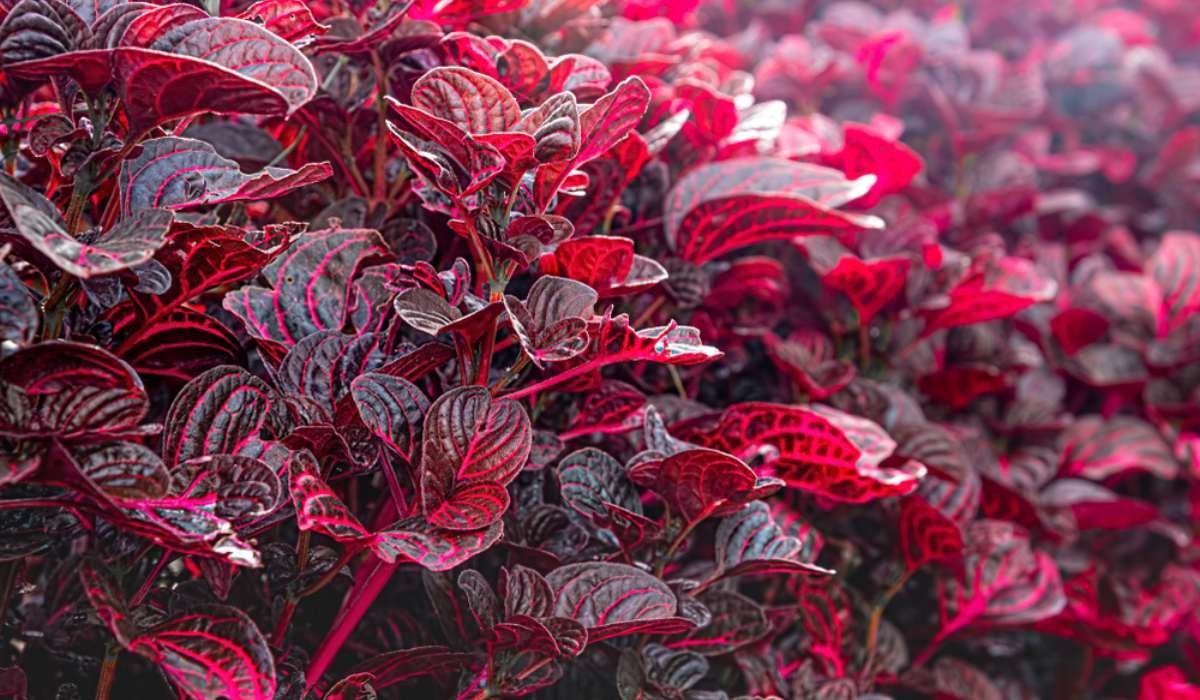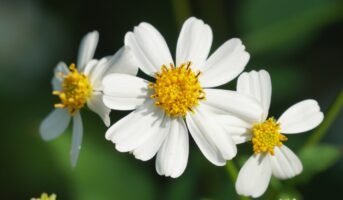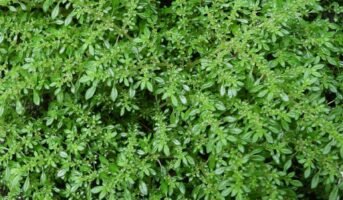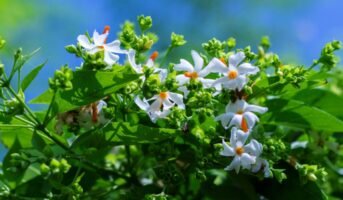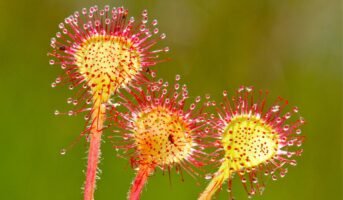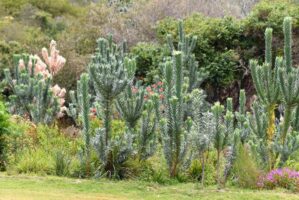What is Iresine herbstii?
Iresine herbstii is commonly known as bloodleaf or beefsteak plant. This small, delicate plant can be found growing in the wild throughout New Zealand, Australia and South America. Iresine herbstii’s unique appearance has also made it a popular choice for indoor house plants amongst gardeners and botanists worldwide.
However, despite Iresine herbstii’s widespread popularity, there isn’t much information about Iresine herbstii readily available online. This article will therefore serve as your one-stop resource for everything you need to know about this tiny but beautiful plant.
Know about Tephrosia Purpurea: Facts, features, growth, maintenance, and uses
See also: Know about tibouchina urvilleana: Facts, features, growth, maintenance, and uses

Source: Pinterest
See also: Justicia gendarussa: How to plant this Asian herb in your garden?
Iresine herbstii: Key facts
| Botanical name | Iresine herbstii |
| Type | Herbaceous perennial |
| Leaf type | Colourful, Evergreen |
| Also known as | Bloodleaf, beefsteak plant |
| Height | 2.00 to 5.00 feet |
| Sun | Full sun to partial shade |
| Family | Amaranthaceae |
| Water | Medium |
| Maintenance | Low |
| Tolerates | Wet Soil |
See also: Know about Holoptelea integrifolia: Facts, features, growth, maintenance, and uses
Iresine herbstii: Physical description
The Iresine herbstii is a small plant with grass-like leaves. Its leaves are delicate and narrow. They are also light green in colour. The leaves of this plant are both wide and narrow, with a distinct ‘V’ shape on the end of the leaves.
Since the Iresine herbstii is a tropical plant, it prefers warm and humid conditions. Therefore, it isn’t well suited for indoor plants. Instead, this plant is better suited for outdoor gardens.
This plant can grow up to approximately 45 cm – 1 m tall, depending on the amount of care and attention it receives.
See also: Know about Paulownia tomentosa: Facts, features, growth, maintenance, and uses
Iresine herbstii: How to grow
The Iresine herbstii is easy to grow. You will, however, need to keep a few things in mind to ensure this plant grows to its fullest potential. You must first and foremost provide this plant with wet soil. This will allow the roots of the plant to soak up as much water as they need. This will also prevent the soil from drying out.
You also need to ensure that the soil is rich in nutrients. You can do this by adding a small amount of fertiliser to the soil. This will ensure the leaves of the plant remain healthy and strong. You should also provide this plant with plenty of sunlight. This will allow the leaves to absorb the sun’s energy. This will help the plant grow stronger and healthier.
see also: Know about Ravenala Madagascariensis: Facts, features, growth, maintenance, and uses.
Iresine herbstii: How to care
The Iresine herbstii requires very little care. However, you do need to keep an eye on a few things. You should always water this plant with clean water. This will prevent harmful bacteria from building up in the soil and spreading to the roots of the plant.
Additionally, you should keep an eye on the soil of this plant. If you notice that it has turned brown, you need to add more fertiliser. This will allow the roots to soak up the nutrients. If you spot any pests or insects on the leaves of this plant, you should remove them immediately.
This will prevent them from spreading to the rest of the plant. You should also prune the stems of this plant occasionally. This will prevent them from growing too long and eventually dying. It will also encourage new growth, which will provide fresh leaves.
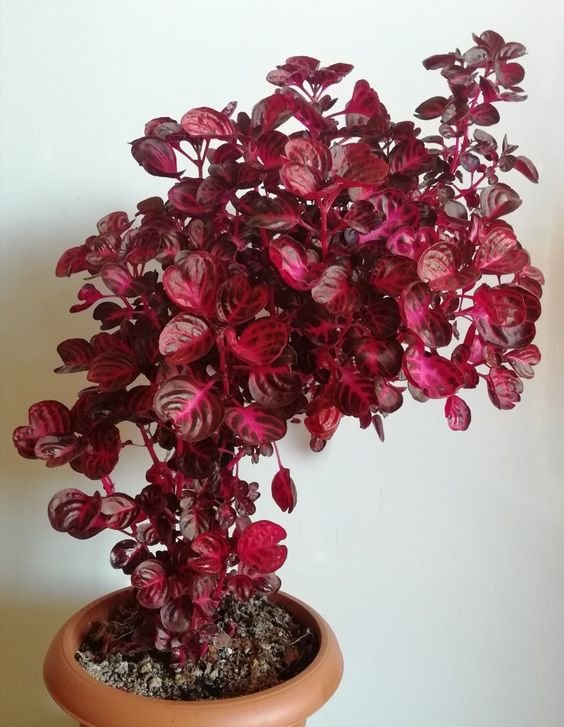
Source: Pinterest
What are the types of iresine herbstii?
The different types of Iresine Herbstii are:
Iresine herbstii Aueoreticulata that have green leaves with yellow veins.
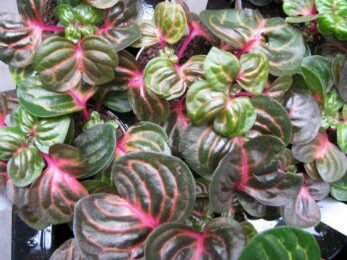
Source: Pinterest
Iresine herbstii Acuminata that have dark maroon leaves with pinkish-red veins
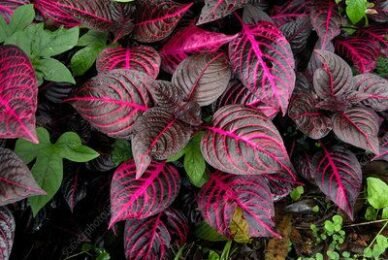
Source: Pinterest
Iresine herbstii Brilliantissima that have red leaves with pink veins
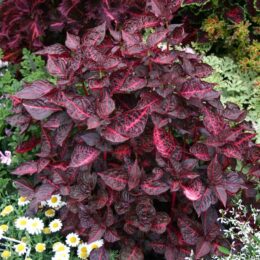
Source: Pinterest
Iresine herbstii Blazin Rose that have reddish purple leaves with pinkish-red veins
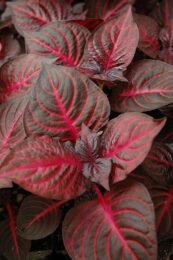
Source: Pinterest
Iresine herbstii: What are the uses?
The Iresine herbstii has a number of practical uses:
- The leaves of this plant can be used to make tea. This tea is rich in antioxidants.
- It can therefore be used as a health supplement.
- It can also be used to treat various types of infections and skin diseases.
- The roots of this plant can be used to make a potent insecticide. They can be used to repel pests such as rats, mice, and cockroaches.
- You can also use the leaves of this plant as mulch. This will prevent the growth of weeds in your garden.
What are the benefits?
The Iresine herbstii has a number of benefits. The most important benefit of this plant is its aesthetic appeal. The Iresine herbstii is a stunning addition to any garden. It can also be used as a decorative indoor plant. Its beautiful leaves and delicate appearance will certainly catch the attention of visitors.
Additionally, this plant is incredibly simple to grow and care for. Therefore, it is a great choice for both indoor and outdoor gardens.
Furthermore, Iresine herbstii is relatively inexpensive. This means you can purchase and grow more plants without breaking the bank.
Common problems in iresine herbstii
Common problems in iresine herbstii include loss of the colour of the leaf, infestation of pests and leggy growth. Additionally, Iresine herbstii also gives out a sap that causes irritation.
Iresine herbstii: Is the plant toxic?
The Iresine herbstii is non-toxic to dogs and cats. This plant is also safe for humans and children.
FAQs:
Is Iresine indoor or outdoor?
Can you grow Iresine from a cutting?
Yes. Take 10 centimetre-long cuttings that have at least 3 pairs of leaves. To lessen transpiration, cut the bottom set of leaves and chop the larger leaves in half. The cuttings should be put straight into the soil.
Housing News Desk is the news desk of leading online real estate portal, Housing.com. Housing News Desk focuses on a variety of topics such as real estate laws, taxes, current news, property trends, home loans, rentals, décor, green homes, home improvement, etc. The main objective of the news desk, is to cover the real estate sector from the perspective of providing information that is useful to the end-user.
Facebook: https://www.facebook.com/housing.com/
Twitter: https://twitter.com/Housing
Email: [email protected]
